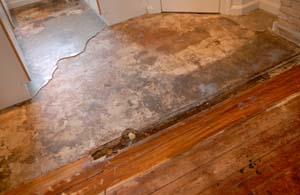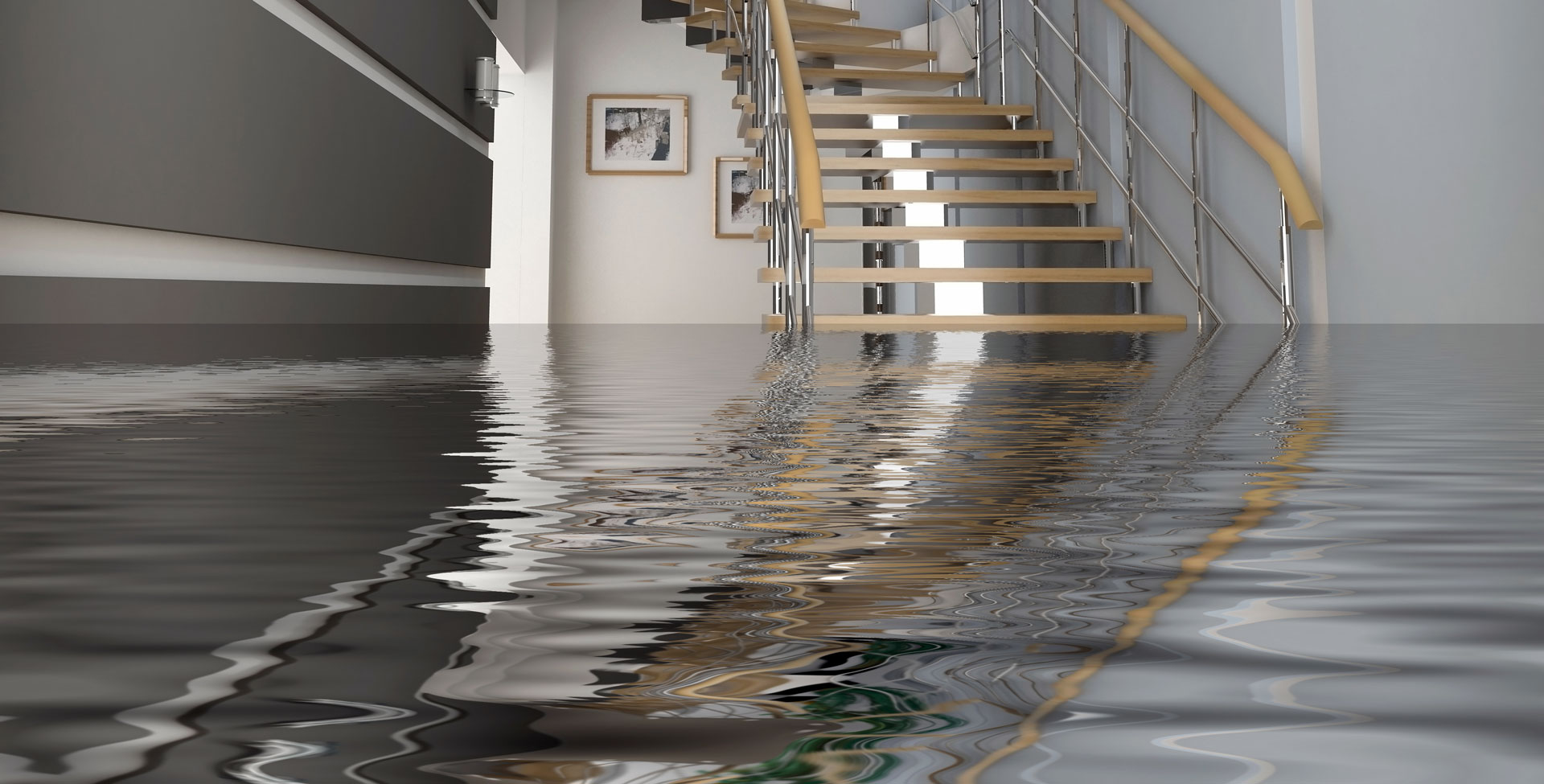We've noticed this post about Safety Tips To Prevent Fire And Water Damage below on the net and thought it made perfect sense to talk about it with you on my blog.

Water offers life, yet water breach on some components where it's not intended to be can cause damages and also inconvenience. If the water permeates right into your structure, it can peel off away the surface and wear down the material's foundation. Mold and mildew and also mold additionally thrive in a wet atmosphere, which can be dangerous for your as well as your family's health. On top of that, houses with water damages odor old and also mildewy.
Water can come from lots of sources like typhoons, floodings, ruptured pipes, leakages, and drain concerns. If you have water damages, it's much better to have a functioning expertise of security preventative measures. Below are a couple of standards on how to handle water damage.
Do Prioritize Residence Insurance Policy Coverage
Seasonal water damages can come from floodings, seasonal rains, and also wind. There is also an event of an abrupt flooding, whether it came from a defective pipeline that suddenly breaks right into your house. To safeguard your house, get house insurance that covers both disasters such as natural calamities, and emergency situations like damaged plumbing.
Do Not Forget to Shut Off Utilities
When calamity strikes as well as you remain in a flood-prone area, turn off the major electric circuit. Turning off the power prevents
electric shocks when water can be found in as water works as a conductor. Don't forget to switch off the major water line valve as a means to avoid even more damages.
If the floodwaters are obtaining high, keep your furniture stable as they can move around and also create additional damage.
Do Remain Proactive and also Heed Weather Signals
If you live in a location afflicted by floodings, remain ready as well as positive at all times. Listen to the information and also evacuation cautions if you live near a body of water like a creek, river, or lake.
Don't Ignore the Roofing System
Your roofing professional needs to take care of the damaged gutters or any type of various other indications of damage or weakening. An inspection will protect against water from streaming down your walls and soaking your ceiling.
Do Focus On Tiny Leakages
A burst pipeline does not take place in a vacuum cleaner or overnight. There are red flags that can attract your interest and suggest to you some damaged pipelines in your house. Signs of red flags in your pipelines include bubbling paint, peeling wallpaper, water streaks, water spots, or dripping noises behind the wall surfaces. There are signs that the pipe will certainly burst. If you see these indications, do not await an acceleration. Repair work as well as inspect your plumbing fixed before it leads to substantial damage to your residence, funds, as well as a personal problem.
Don't Panic in Case of a Burst Pipe
Timing is essential when it comes to water damages. If a pipe ruptureds in your home, right away shut off your major water shutoff to cut off the resource as well as prevent even more damages. Call a respectable water damages remediation specialist for support.
Water offers life, however water intrusion on some parts where it's not supposed to be can result in damage and trouble. In enhancement, houses with water damages scent old and stuffy.
Seasonal water damages can come from floods, seasonal rainfalls, as well as wind. Signs of red flags in your pipelines consist of gurgling paint, peeling wallpaper, water streaks, water discolorations, or dripping sounds behind the wall surfaces. If a pipeline bursts in your home, quickly shut off your major water shutoff to reduce off the source as well as avoid more damages.
Some Do's & Don't When Dealing with a Water Damage
DO:
Make sure the water source has been eliminated. Contact a plumber if needed. Turn off circuit breakers supplying electricity to wet areas and unplug any electronics that are on wet carpet or surfaces Remove small furniture items Remove as much excess water as possible by mopping or blotting; Use WHITE towels to blot wet carpeting Wipe water from wooden furniture after removing anything on it Remove and prop up wet upholstery cushions for even drying (check for any bleeding) Pin up curtains or furniture skirts if needed Place aluminum foil, saucers or wood blocks between furniture legs and wet carpet Turn on air conditioning for maximum drying in winter and open windows in the summer Open any drawers and cabinets affected for complete drying but do not force them open Remove any valuable art objects or paintings to a safe, dry place Open any suitcases or luggage that may have been affected to dry, preferably in sunlight Hang any fur or leather goods to dry at room temperature Punch small holes in sagging ceilings to relieve trapped water (don't forget to place pans beneath!); however, if the ceiling is sagging extremely low, stay out of the room and we'll take care of it DO NOT:
Leave wet fabrics in place; dry them as soon as possible Leave books, magazines or any other colored items on wet carpets or floor Use your household vacuum to remove water Use TV's or other electronics/appliances while standing on wet carpets or floors; especially not on wet concrete floors Turn on ceiling fixtures if the ceiling is wet Turn your heat up, unless instructed otherwise

Hopefully you enjoyed our section on Safety Tips To Prevent Fire And Water Damage. Thanks a ton for spending some time to read through our piece. Do you know about another individual who is involved in the niche? Why not promote it. Thanks a lot for going through it.